In detail:
Seleucus I Nicator, a Macedonian satrap of Alexander, reconquered most of Alexander's former empire and put under his own authority the eastern territories as far as Bactria and the Indus (Appian, History of Rome, The Syrian Wars 55), until in 305 BCE he entered into conflict with Chandragupta:
Always lying in wait for the neighboring nations, strong in arms and persuasive in council, he acquired Mesopotamia, Armenia, 'Seleucid' Cappadocia, Persis, Parthia, Bactria, Arabia, Tapouria, Sogdia, Arachosia, Hyrcania, and other adjacent peoples that had been subdued by Alexander, as far as the river Indus, so that the boundaries of his empire were the most extensive in Asia after that of Alexander. The whole region from Phrygia to the Indus was subject to Seleucus. He crossed the Indus and waged war with Sandrocottus [Maurya], king of the Indians, who dwelt on the banks of that stream, until they came to an understanding with each other and contracted a marriage relationship. Some of these exploits were performed before the death of Antigonus and some afterward.
—
Appian,
History of Rome, The Syrian Wars
55
Mainstream scholarship asserts that Chandragupta received vast territory west of the Indus, including the Hindu Kush, modern day Afghanistan, and the Balochistan province of Pakistan.[18][19] Archaeologically, concrete indications of Maurya rule, such as the inscriptions of the Edicts of Ashoka, are known as far as Kandhahar in southern Afghanistan.
After having made a treaty with him [Sandrakotos] and put in order the Orient situation, Seleucos went to war against
Antigonus.
—
Junianus Justinus,
Historiarum Philippicarum libri XLIV,
XV.4.15
Classical sources have also recorded that following their treaty, Chandragupta and Seleucus exchanged presents, such as when Chandragupta sent variousaphrodisiacs to Seleucus:
And Theophrastus says that some contrivances are of wondrous efficacy in such matters [as to make people more amorous]. And Phylarchus confirms him, by reference to some of the presents which Sandrakottus, the king of the Indians, sent to Seleucus; which were to act like charms in producing a wonderful degree of affection, while some, on the contrary, were to banish love.
—
Athenaeus of Naucratis,
Deipnosophistae,
I.32
Chandragupta Maurya conquest





 Reply With Quote
Reply With Quote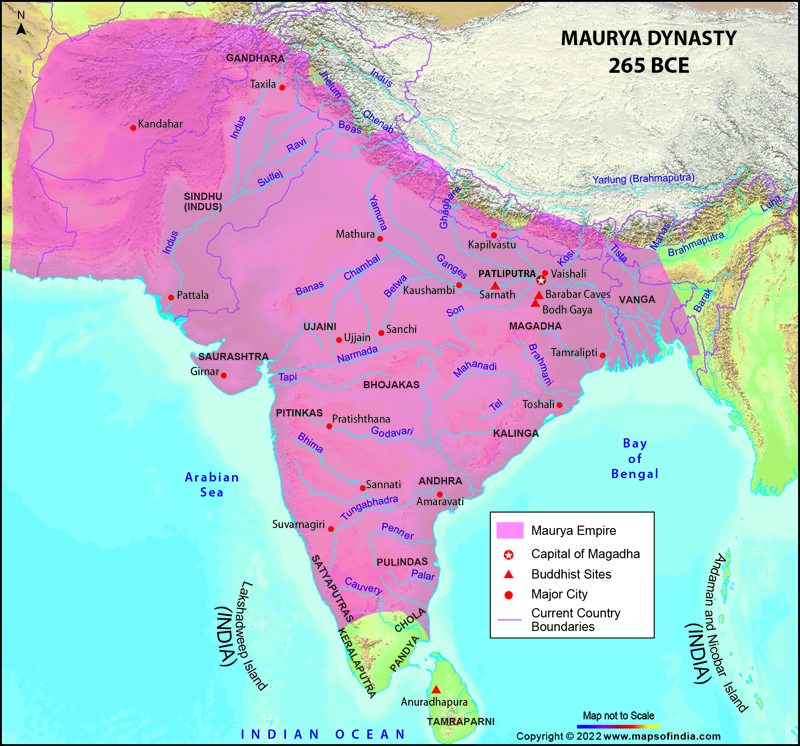










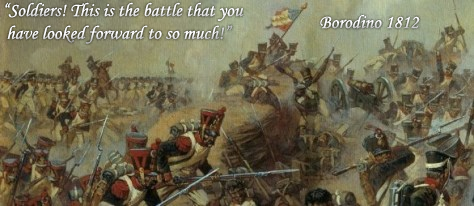



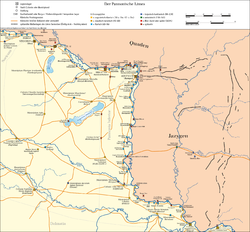

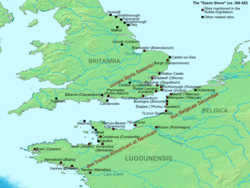


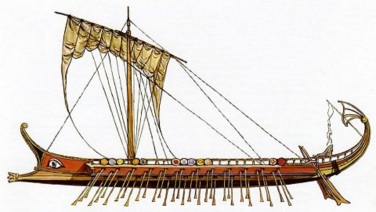
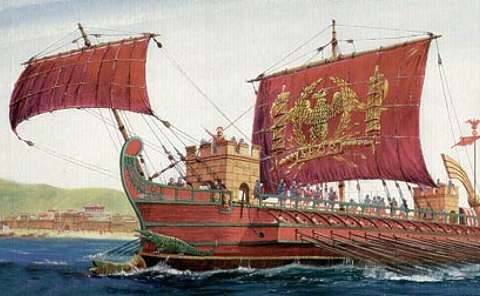









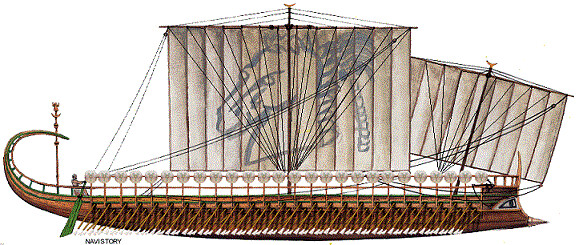







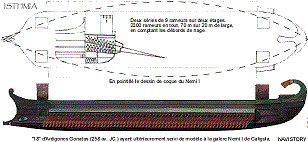
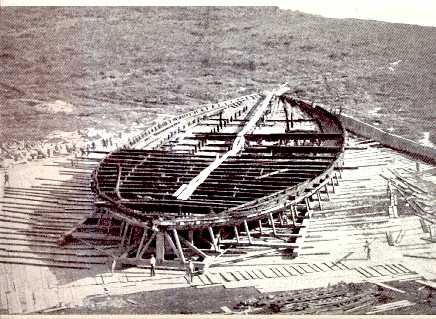

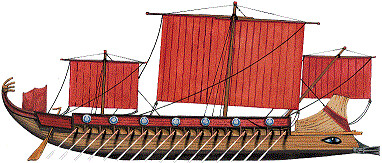


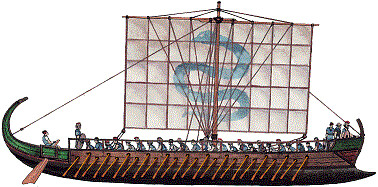
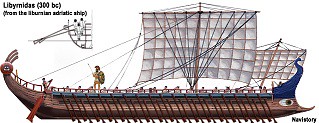
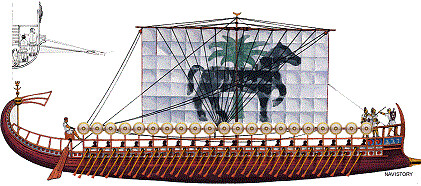
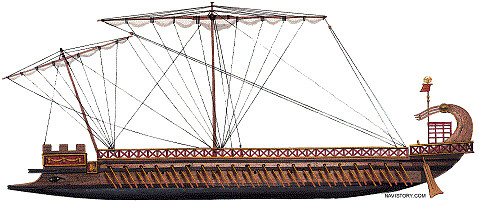
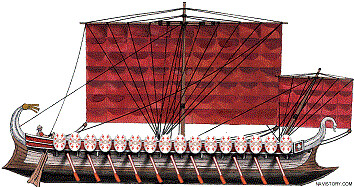
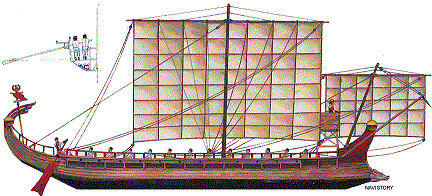
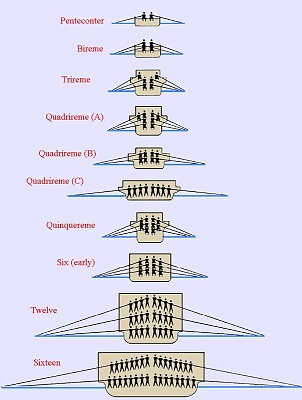




.png)

















